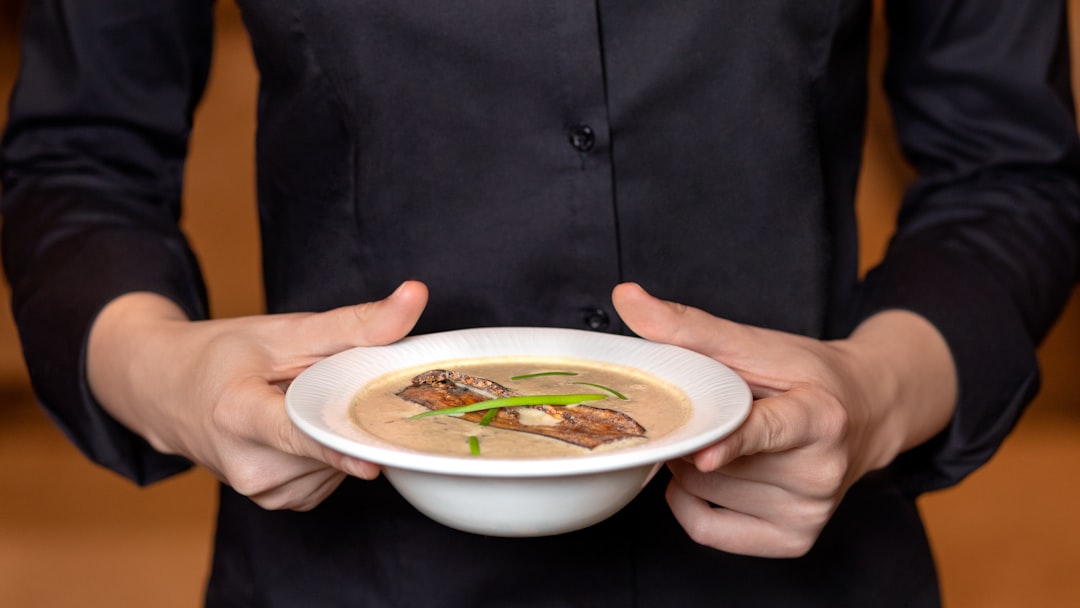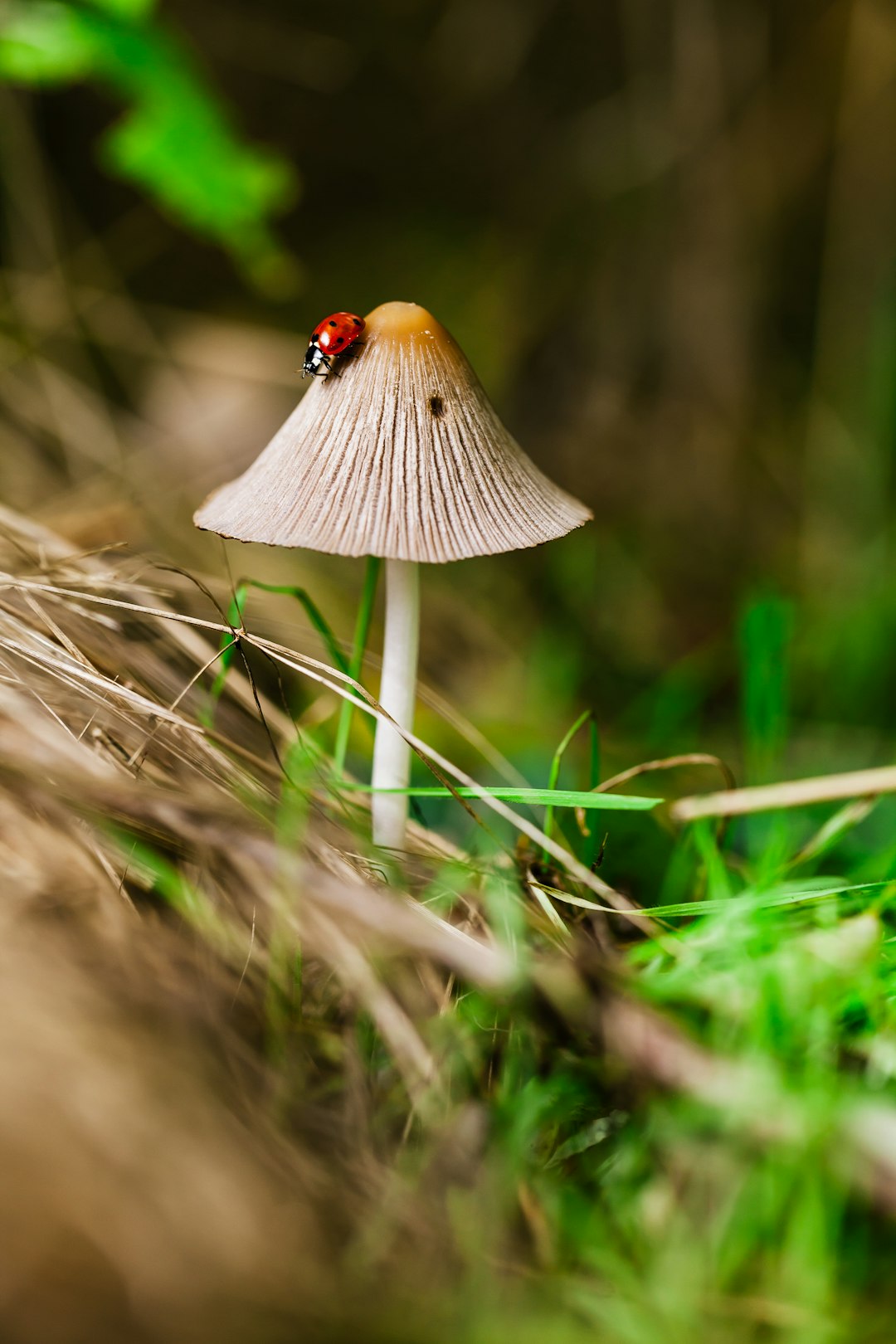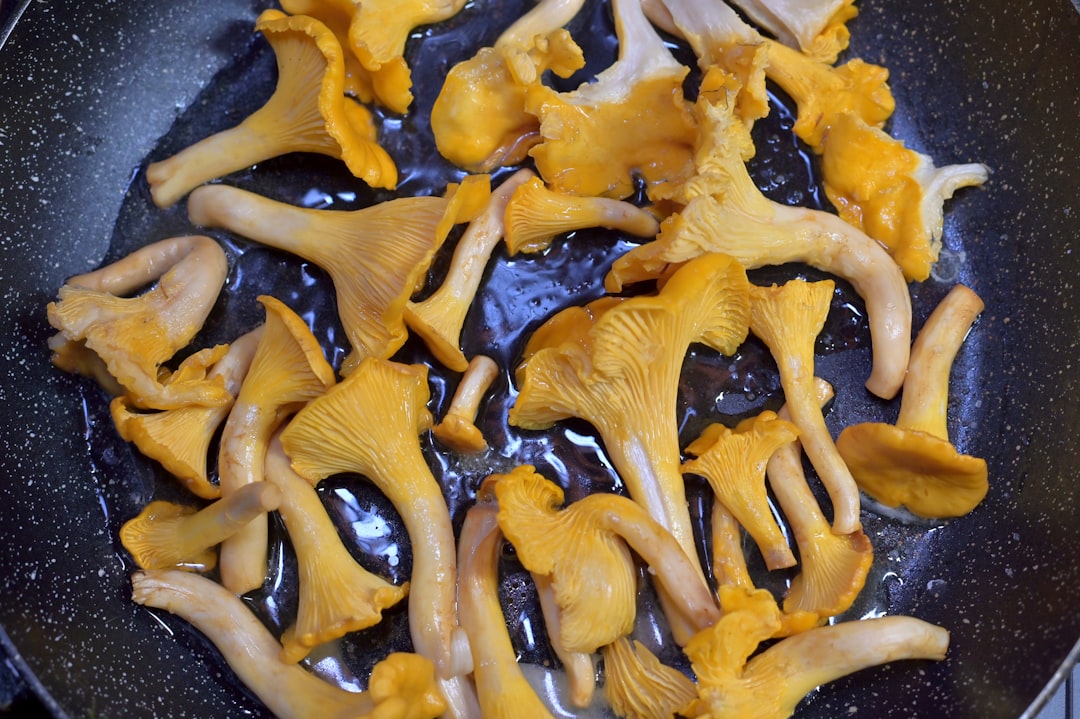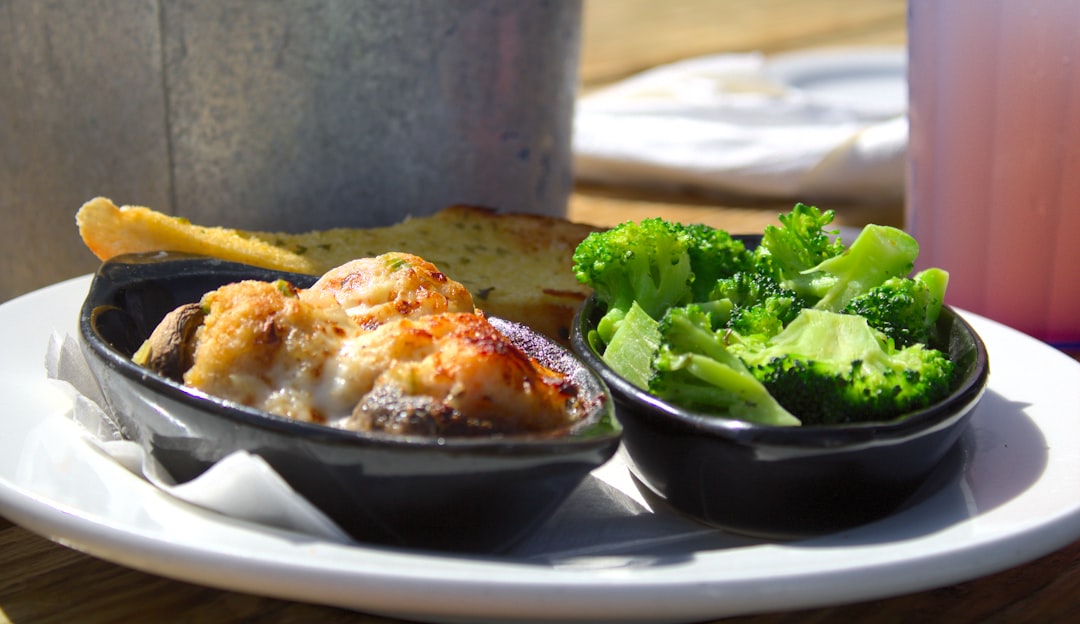Mushroom
One fascinating characteristic of fungi is their ability to absorb and convert energy from the environment, producing essential nutrients for plants and other life forms. They provide access to minerals and vitamins that we may not be able to find elsewhere, making them an invaluable resource for human health. Additionally, many varieties of mushrooms contain potent antimicrobial properties, which can help to keep us safe from bacteria, viruses, and other infectious organisms.
Another remarkable aspect of mushrooms is their ability to decompose organic matter, breaking down wood and other plant material, as well as living cells and other microscopic objects. Through this process, they are able to release vital nutrients back into the environment and make new land available for agriculture.
Finally, mushrooms can act as agents of change, triggering profound adaptations in other organisms. Some species even form symbiotic relationships with plants, providing them with essential nutrients and helping them to survive in extreme environments.
Beyond these physical and ecological benefits, mushrooms also have cultural significance. For example, for centuries, humans have consumed mushrooms as food, as well as for medicinal purposes. Many cultures consider mushrooms to have sacred or spiritual power, while others use them in rituals or as symbols of luck and protection.
In short, mushrooms are remarkable organisms, with the potential to offer numerous benefits to the environment, our bodies, and the way we interact with nature. Whether you choose to appreciate their transformative energy or simply munch on some mushrooms on your next pizza, there’s no denying their incredible versatility.
Mushroom dishes
A selection of Mushroom dishes.
Mushroom ketchup
Unearth the hidden umami treasure of the culinary world with the enigmatic and captivating elixir known as mushroom ketchup. This well-kept secret of the kitchen, rich in depth and complexity, beckons the adventurous gastronomes and captivates the culinary connoisseurs.
Mushroom ketchupStuffed mushrooms
Ah, the deliciousness of stuffed mushrooms! This delightful dish is a perennial favorite for many and truly worthy of its popularity. Stuffed mushrooms offer up a delightful combination of flavors and textures, combining savory and aromatic stuffing with the succulent, earthy flavor of mushrooms.
Stuffed mushroomsMushroom
Mushroom is a delicious, versatile ingredient enjoyed across the cuisine spectrum. These delectable fungi are celebrated for their umami, earthy flavor and chewy texture, and can be incorporated into dishes that span the globe. From risottos to pizzas, burgers to dumplings, mushroom-centric dishes can bring new life to some of the world’s most beloved recipes.
Mushrooms pair particularly well with foods that offer a mild, complementary flavor. When prepared correctly, mushrooms are sumptuous served alongside poultry, fish or other seafood. When combined with an array of flavors – from citrusy to creamy – mushrooms can become a bold and delicious addition to a variety of dishes.
For a classic Italian meal, try mushroom risotto. This dish, featuring arborio rice and a mix of mushrooms, utilizes white wine and parmesan cheese to create a creamy yet savory flavor. Mushrooms are often used as a pizza topping; they provide a wonderfully chewy texture while adding a subtle smokiness to the pie.
For a unique take on the classic burger, try creating a mushroom patty with freshly diced white mushroom, garlic, and green onion. When heated in oil, the mushrooms transform and flavorful and their juiciness keeps the patty moist. For those looking to explore different types of mushroom-based dishes, dumplings filled with oyster or shiitake mushrooms make a great mid-week dinner. Topped with sesame oil and served with soy sauce, these savory dumplings are sure to be a hit!
There are endless recipes out there to explore and appreciate when it comes to cooking with mushrooms. By taking advantage of the pure, earthy flavor of mushrooms and combining it with other ingredients, chefs can create simple yet innovative dishes. Whether you’re a master chef or a novice cook, consider experimenting with mushrooms in the kitchen today!
History of Mushroom
When it comes to exploring the evolution of mushroom-based delicacies, one can easily become lost in the depths of the interpretive realm. From the everyday portobello wrap to rarer finds like morels or matsutake, these fungi have long been featured prominently in dishes around the world. This begs the question: when did they make their entrance on the culinary stage? Let’s explore the fascinating history of this fungal favorite!
Mushrooms as culinary ingredients date back to ancient times. They were used in primitive dishes by early civilizations including Rome and Greece, with finds even popping up in the tombs of pharaohs in Egypt. It is believed that mushrooms were mostly seen as a medicinal ingredient for the majority of their use, rather than for their flavor. As time progressed, so did the appreciation for the unique flavor of the mushroom.
The origin of the modern mushroom-based dish can be credited to Medieval Europe. As the availability of edible mushrooms was low, these dishes tended to be served only on special occasions. One such treat included a ragout of wild mushrooms, though most recipes didn’t actually include the fungi until much later.
The first recorded mention of a mushroom dish wasn’t until the 16th century. A French cookbook from 1598 featured a recipe for “Le Champignon Ragoût” or “Mushroom Ragout”. This recipe was the first to feature a true mix of mushrooms and other ingredients, featuring finely diced mushrooms sautéed with garlic and onions, cooked in butter until they reduced down to a thick sauce.
As the years went by, people began to experiment more, adding a wide variety of flavors to their mushroom dishes. In the 18th century, French chefs began to specialize in dishes featuring mushrooms as a main ingredient, earning them the title of “Mushroom Masters” in the culinary world. Meanwhile, in England, the aristocracy developed a fondness for mushrooms, with Queen Victoria known to enjoy them immensely.
Fast-forward to present day and the availability of mushrooms has grown exponentially. Now, the market for mushroom-based meals is abundant, with recipes ranging from simple soups to lavish entrées. The wide range of flavors and textures found within the fungi family make it a popular choice for adventurous foodies, giving us a chance to explore the origins of this fungal favorite.










